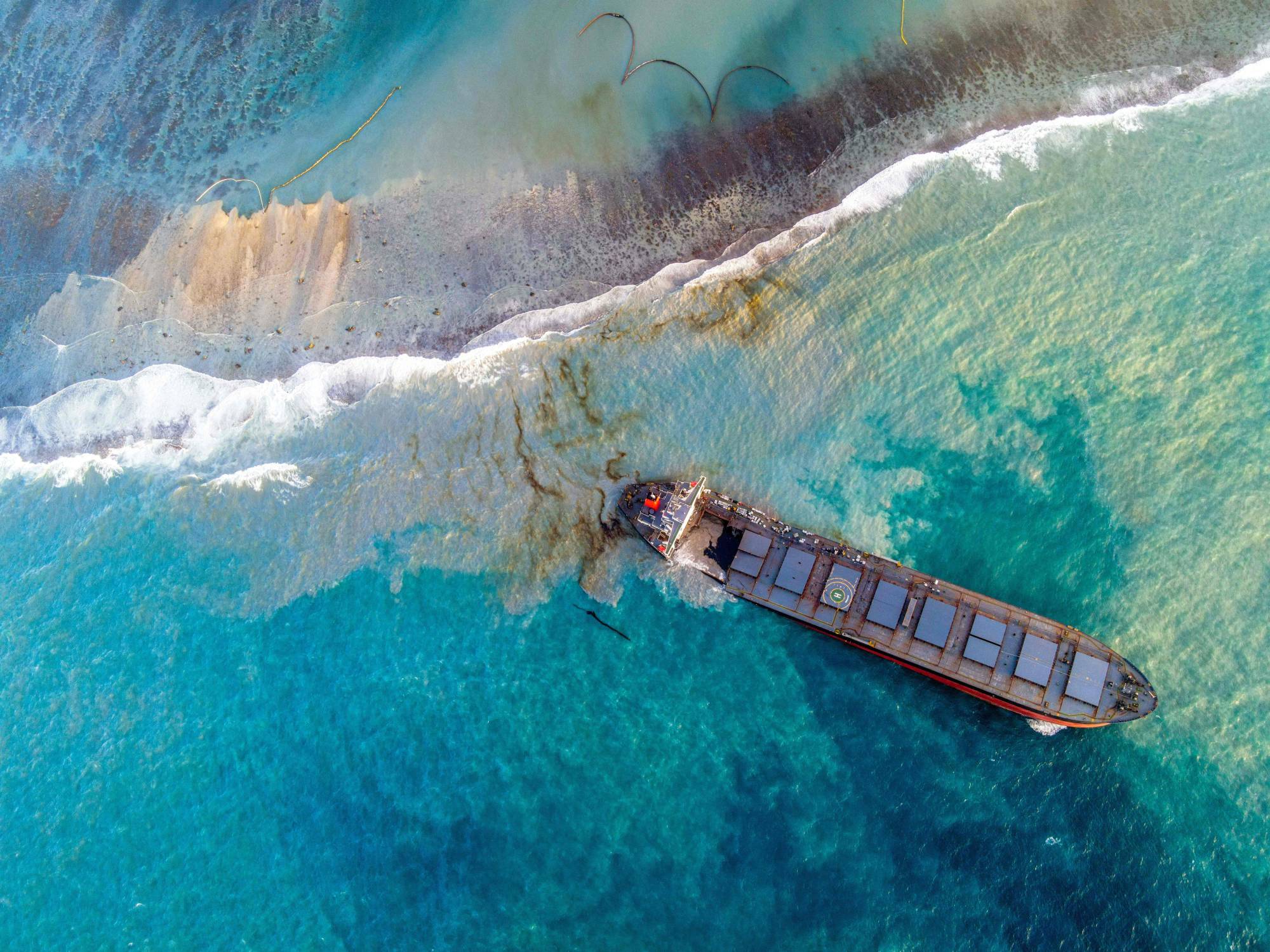The bulk carrier sector is being reshaped by a combination of stringent new regulations and digital innovation. But these changes are not just about compliance; they are about enhancing safety, efficiency, and operational excellence, according to Morten Løvstad, DNV vice president and business director for bulk carriers.
The developments are reformatting ship design and operations, enhancing safety, compliance, and efficiency across structure, crew, and cargo, he said in a post from the classification society.
This new landscape calls for a more proactive and technologically-savvy approach from dry bulk operators, if they want to remain competitive and resilient.
One of the most significant recent shifts comes from the revised Enhanced Programme of Inspections During Surveys of Bulk Carriers and Oil Tankers (ESP Code). Now in effect for surveys commenced on or after July 1, 2024, the amendments adopted by the IMO and IACS have put a spotlight on structural maintenance like never before, Løvstad said. The updated rules mandate that any coating condition rated below “good” must be recorded and subject to annual re-examination. For older vessels, specifically those over 20 years old and longer than 150 metres, annual inspections of double-skin void spaces are now compulsory if coatings are rated as “poor”. This marks a significant move toward preventative maintenance, but it also carries direct commercial consequences.
Løvstad highlights that this is a critical moment for proactive asset management: “This shift not only raises the bar for structural maintenance but also carries commercial implications. Downgrades in coating condition can lead to increased inspection demands, operational delays, and reduced charter appeal, making proactive hull management a competitive necessity.” This move emphasises that structural integrity is now a key factor in a dry bulk carrier’s market appeal.
Machinery focus The focus on safety extends from the ship’s structure to its on-deck machinery.
From January 2026, a new chapter to the SOLAS Convention—Chapter II-1, Regulation 3-13—will introduce much stricter oversight of lifting appliances. This is a critical regulatory change, as the responsibility for surveying and testing these devices now formally rests with classification societies. This moves the process under the more formal SOLAS safety regime, replacing the previous International Labour Organization (ILO) scheme, which allowed inspections to be carried out by any “competent person”. As Løvstad notes, this is a direct response to a concerning trend: a rise in lifting-related accidents. The new rules require owners to implement structured maintenance and inspection regimes, maintain meticulous onboard records, and ensure crew members are properly trained and familiar with the equipment. For existing vessels, compliance is required by their first renewal survey after the regulation takes effect, reinforcing a new era of accountability in onboard operations.
Beyond the hardware, the practice of cargo loading is also being modernised. A 2026 amendment to the Grain Code formally acknowledges a previously common but non-compliant practice: partially filling holds in the way of the hatch opening with untrimmed ends. This scenario, which often occurs when vessels reach their maximum draft before full hold capacity is achieved, has now been given a formal, safe framework for execution.
For newbuilds, this condition must be explicitly included in the grain loading manual and loading computer, while for existing vessels, updates are optional but may be necessary to meet specific port requirements. For operators, this is a development that marries operational reality with regulatory compliance. The amendment, according to Løvstad, offers “greater flexibility without compromising stability”.
Tech developments These regulatory shifts are being complemented—and often enabled—by a wave of technological innovation. Remote inspection techniques (RITs) are gaining significant traction, with the use of drones becoming a game-changer for close-up surveys and ultrasonic thickness measurements.
Drones drastically reduce the need for “scaffolding, lowers costs, and improves safety, especially in hard-to-reach areas”, Løvstad said.
DNV is working on a project exploring the integration of AI for defect recognition and autonomous drone navigation with digital twins, promising inspections that are faster, more accurate, and less intrusive than ever before.
Additionally, bulk carrier cargoes are evolving, with an increased demand for non-standard, project cargo such as wind turbine blades and other large industrial components. In response, bulk carriers, particularly the Ultramax and Kamsarmax types, are becoming a favoured choice due to their ample deck space and structural capacity. The launch of new deck cargo class notations from classification societies reflects this trend, ensuring vessels are not only structurally reinforced to handle these loads but also meet crucial operational criteria, including intact and damage stability, as well as navigational field of vision.
For bulk carrier operators, the ability to be adaptable and stay abreast of both these regulatory and technological advancements will be key to making informed decisions and remaining ahead of the curve going forward. Source: Baltic Exchange




